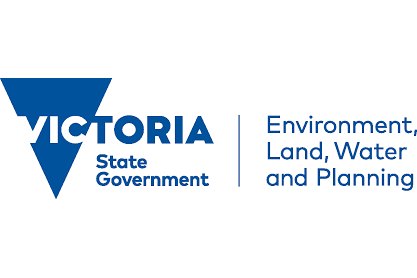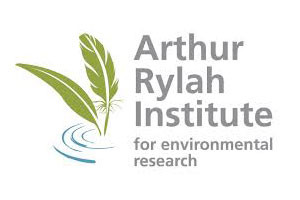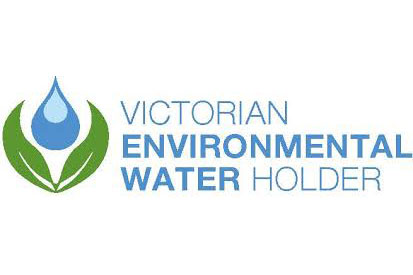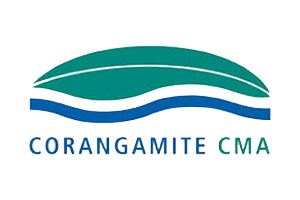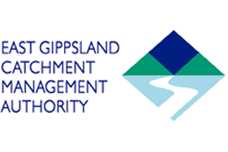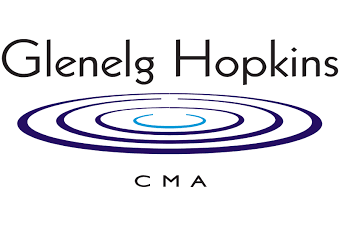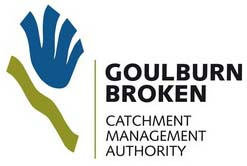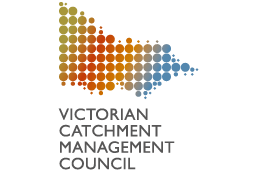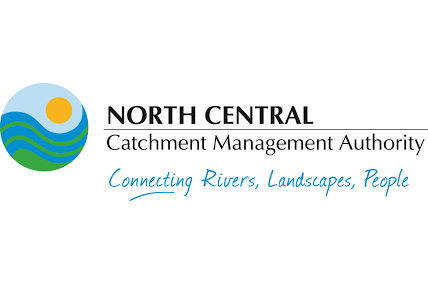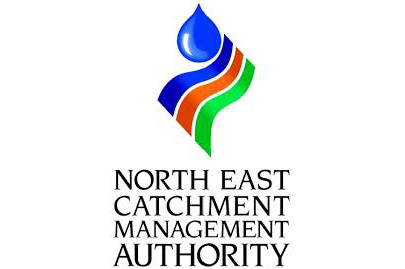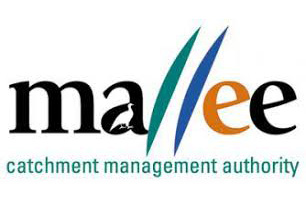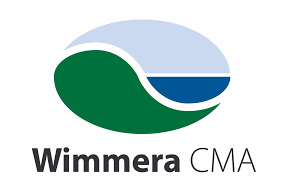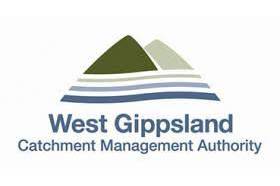- Home ::
- Themes
- River Channels
- Instream Habitat

Instream Habitat
Instream habitat, such as aquatic vegetation, rock and wood has a range of functions essential for maintaining the health of a waterway, and in turn supports recreational fisheries and other social and cultural values. They provide shelter, food sources and breeding sites for a variety of instream animals, including many fish species, as well as contributing to biological processes within the river channel. The removal of instream habitat, particularly wood (referred to as instream woody habitat - IWH) has also been identified as a major factor in the decline of many freshwater fish populations. IWH is an important structural component of rivers, assisting in the formation of features such as scour pools and channel bars and in stabilising the river channel. In large lowland rivers, IWH may be the only stable substrate and an important instream source of nutrients.
Extensive removal of IWH occurred historically in Victorian rivers for boating purposes, property protection and to reduce flooding. Research has however shown that IWH has negligible impact on channel capacity and removal does little to improve flood conveyance. IWH have also been found to reduce bed erosion, whereby its removal increases flow velocity, bed degradation, channel enlargement and loss of important instream habitat.
Managing Instream Habitat
The Victorian Waterway Management Strategy (VMWS) provides the over-arching strategic direction on protection, management and reinstatement of IWH. The VWMS includes a policy that large woody habitat or native instream vegetation will not be removed from river channels unless it is demonstrated to pose a serious risk to public safety or public infrastructure. Realignment or anchoring of large woody habitat will be undertaken where feasible, rather than removal.
Regional management of IWH to support environmental values in priority rivers is integrated through Regional Waterway Strategies developed and implemented by CMAs. It is recognised that where reinstatement of IWH is planned, consultation with communities is required. Other organisations including Victorian Fisheries Authority, Melbourne Water and universities play a role in river restoration programs which reinstate IWH; through implementation, research and monitoring. There is also substantial community interest in the value of IWH, particularly for fish, which provides the opportunity to actively involve the public in building ‘fish hotels’ of ‘fish havens’. Recreational fishers have a particular interest in IWH; the Freshwater Fishery Management Plan includes an objective of working together to improve fish habitat and recreational fisheries.
The removal of woody debris from Victorian rivers and streams is a potentially threatening process, listed under the Flora and Fauna Guarantee Act 1988.
Key Projects, Research and Monitoring
Many integrated river restoration programs involve restoration of IWH, often with a specific aim to increase the abundance and diversity of native fish populations. Since restoration of IWH in Australia only began in the 1990s, our understanding of current and natural levels of IWH and how ecosystems respond to this activity is limited. The VWMS noted that further guidance for managing large woody habitat was required.
DELWP commenced a Victorian statewide instream habitat research project in 2011, to determine links between stream habitat attributes, particularly IWH, and priority Victorian fish species and communities. Three components of this project included:
- A) Statewide mapping of existing and predictions of natural IWH over almost 27,770 km of rivers. Mapping revealed that on average, current IWH densities were 41% below estimates of natural IWH levels. Nearly 17,000 km (62%) of rivers were classified as having IWH densities severely (80% below natural levels) or highly depleted (60% below natural levels).
- B) Quantification of the links between habitat and important fish populations to help guide IWH restoration. This involved an assessment of the abundance and biomass of nine selected fish species of recreational, cultural and ecological significance, collection of data on key habitat attributes (IWH density and complexity, water depth and riparian overhang) in nine waterways, and modelling to predict how fish populations may respond to these attributes.
- C) Development of a RiverRehab decision support tool to help waterway managers identify suitable reaches for instream habitat additions or protection. The tool also incorporates riparian attributes, aquatic fauna occupancy, and hydrology information. This tool provides assistance for waterway managers in selecting appropriate priority sites to rehabilitate and protect instream habitat.
Other relevant IWH activities include:
- A Victorian Fish Habitat and Flows Alliance was established in 2018 which is a roundtable of representatives from the recreational fishing industry and government actions, to share knowledge and information, discuss and help prioritise projects, and foster fish habitat and flow initiatives of common interest.
- A statewide approach to use felled timber from roadworks for stream restoration projects - Since sourcing and transporting woody habitat for river rehabilitation programs is a significant logistical issue, recent efforts are establishing a partnership with VicRoads to use trees felled for road construction and maintenance in Victoria for IWH programs. This involves working with CMAs to identify sites for IWH restoration, identification of stockpile sites, developing guidelines for VicRoad contractors about suitable IWH and developing a monitoring program to assess the response of fish to IWH restoration actions.
- A statewide approach for setting targets, tracking progress and monitoring responses fish populations to instream habitat interventions across Victoria is now underway which will continue to generate information for waterway managers to conduct works programs which maximise benefits to Victorian fish populations and garnish community support for investment into waterway rehabilitation activities.
- The Living Murray (TLM) program - undertook a large-scale habitat restoration project to restore IWH across almost 200km of the Murray River between Lake Hume and Lake Mulwala. A monitoring program ran over seven years (2006-2013) which focussed on reach-scale population responses of four large-bodied native fish species: Murray Cod, Trout Cod, Golden Perch and Silver Perch.
There are many examples of CMAs undertaking further detailed mapping of IWH within priority areas and subsequent IWH reinstatement actions. These are often as a component of an integrated river restoration programs. These programs sometimes incorporate monitoring. Examples include:
- Merri Estuary – fish surveys before and after instream habitat restoration works including IWH
- Demonstration Reaches (Ovens River, Hollands Creek) include long-term monitoring of fish responses to integrated habitat restoration.
